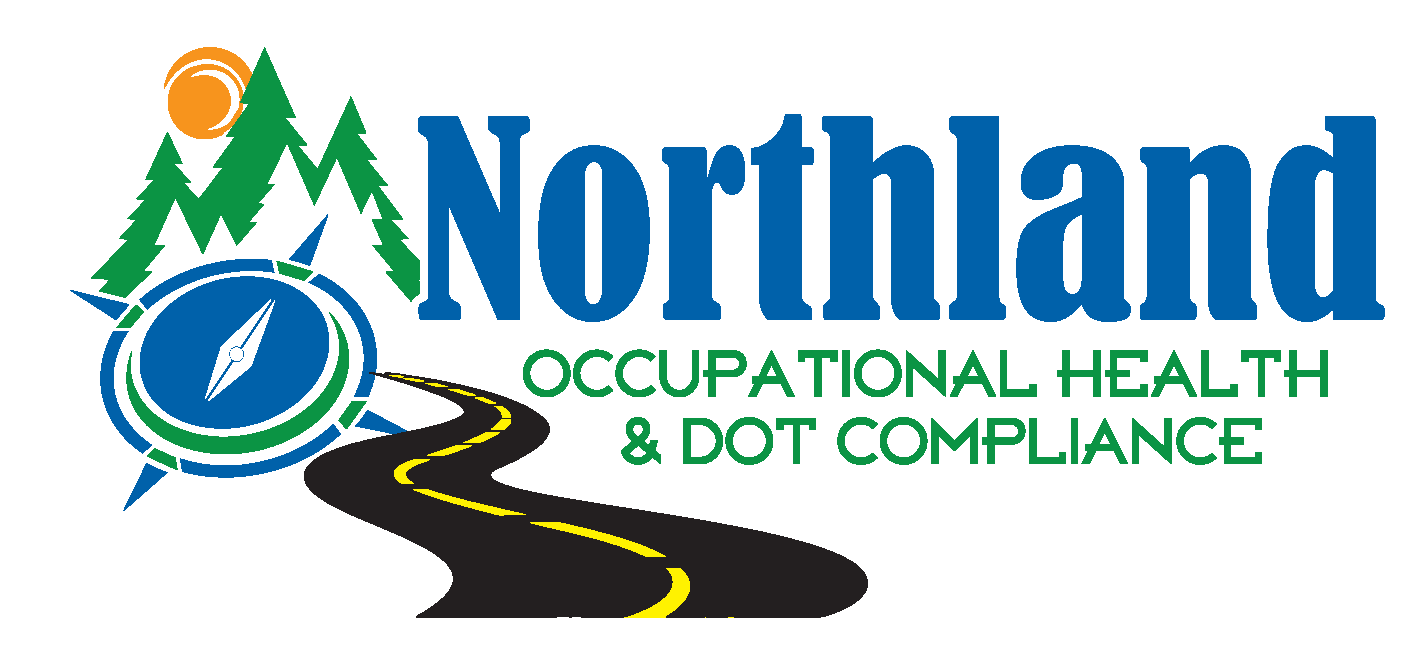Long before the coronavirus arrived in the United States, this country was already struggling with another health crisis: the opioid epidemic. As these two epidemics are colliding, experts fear that people vulnerable to opioid use disorders and those who employ them are going to be profoundly affected.
Addiction doctors and policy experts are already seeing that the conditions of COVID-19 – stress, isolation, financial hardship and less access to support systems – are resulting in spikes in substance use with some devastating repercussions for the roughly half-million Americans addicted to opioids.
Recent research shows that COVID-19 is having a major impact on our nation’s mental health. A 34 percent increase in the use of prescription anxiety drugs such as Xanax, Klonopin and Ativan since February, is just one indicator that people are struggling. Meanwhile, the widely reported spike in alcohol sales, suggests that many are self-medicating through substance use. Those in recovery are particularly vulnerable, with one study referring to COVID-19 as a “national relapse trigger.”
These issues are made more challenging by the increasingly complicated logistics of addiction treatment. Many clinics that provide addiction treatment have been closed or are open only for limited hours and numerous rehabilitation facilities aren’t accepting new patients. At the same time, those who have lost their insurance due to unemployment during the pandemic, are likely struggling to afford addiction care.
While statistics on opioid usage are hard to come by over the short term. According to the American Medical Association, at least 30 states are reporting increases in fatal opioid overdoses.
COVID-19 has resulted in a number of changes in the laws that have increased access to therapy and medication for opioid use disorder, such as easing restrictions on telehealth services and waiving a federal law requiring an in-person visit to prescribe addiction treatment drugs such as naloxone and methadone.
For addiction specialists, this has been a positive move, helping to get therapy and medication to more patients who need it. On the other hand, the easing of laws pertaining to prescriptions for opioid treatment drugs appears to be having unintended consequences.
During the pandemic, methadone clinics are permitted to give out 28-day supplies of the drug. With less interstate heroin trade, doctors are starting to see an increase in patients misusing and abusing methadone – which may create new problems down the road.
“They’re taking two, three, four, five doses in a day, because they have it,’ said Dr. Lisa Deal, director of Pharmacy at Sun Behavioral Health in Delaware in recent article on Delaware Public Media . “They have an addictive personality. They have access to it, so they’re using it. They’re overdosing, they’re going to the ER and then they’re coming to us from the ERs to get treatment.”
What does all this mean for employers as they reopen their businesses?
Even before the coronavirus, the effects of the opioid epidemic reached extensively into the business community — 75 percent of employers reported being directly affected by opioids, often as contributing to workplace accidents, lost productivity, staffing issues, missed workdays, and increased care and leave costs.
Now, compounded with ongoing COVID-19 stressors that could escalate risks of opioid misuse, it is vital that employers are especially aware of the issues, care for their employees and maintain a safe work environment.
We in the drug and alcohol screening industry need to be prepared. The businesses we work with on us more heavily than ever to help them keep drugs out of the workplace.
Encourage your clients to be:
- Aware and proactive – Urge your clients to review and update their drug and alcohol policy, have their screening program in place and educate themselves about available resources. (Visit NDASA’s COVID-19 Resource Page for a list of these.) Suggest that they Invest in training to help employees and managers recognize the signs and symptoms of opioid misuse.
- Supportive – Employers need to check in with their employees about their wellbeing and help them get help if they need it.
- Vigilant – Now more than ever, employers and supervisors must look out for the signs of substance abuse. (Absenteeism, unexpected disappearances, failure to meet productivity standards, unusual mood changes, increases in workplace accidents, etc.)
By working together, we can care for those who need it and preserve safe, drug-free workplaces.

